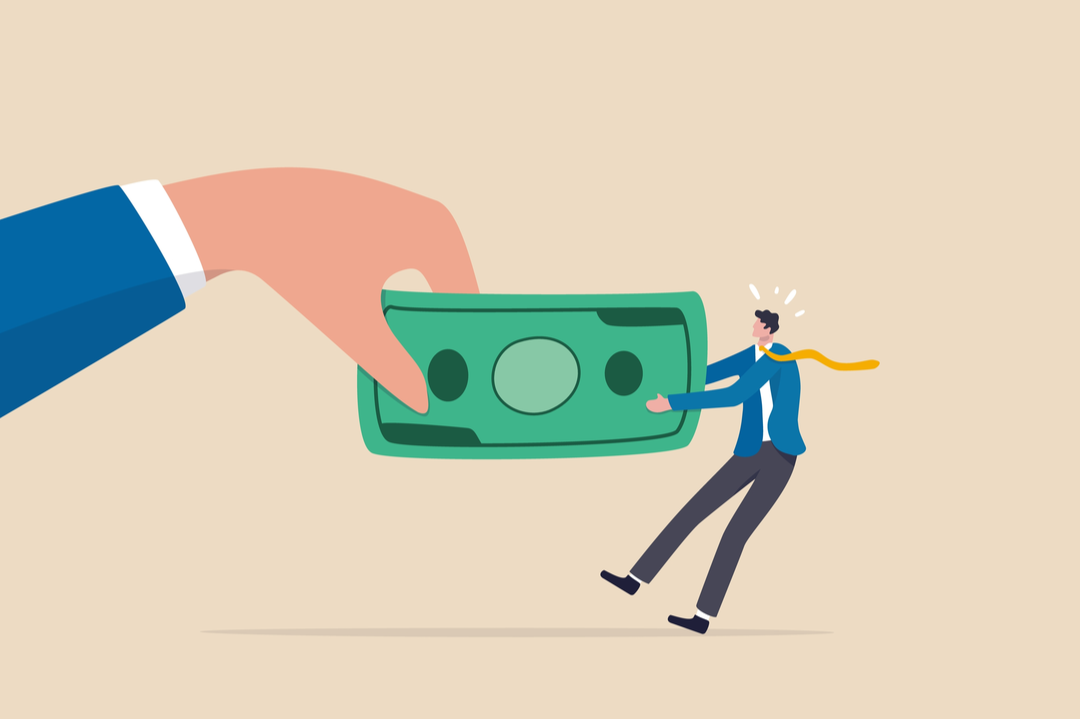
These days, it seems like male pattern baldness and menopausal hot flashes are about the only ailments that could not be remedied by the purchase of an NFT. Built on the foundation of crypto and blockchain, NFTs are being touted as the cure for just about everything that can or will ail us–from combatting climate change to improving artists’ compensation, including benefitting charitable causes solving the economic crisis and fighting crime. Not since the Internet itself has a single concept opened up so much opportunity, speculation and conversely, trepidation.
The idea is mind-blowingly simple and deeply profound at the same time. NFTs (the acronym for non-fungible tokens) are blockchain-based digital codes signifying the ownership of a digital asset. When you buy an NFT, it becomes your certificate of ownership. But even though the digital “thing” you paid money for (typically you pay with cryptocurrency) belongs to you, just like the Mona Lisa belongs to the Louvre, the world is free to view it, reproduce it and share it. You cannot do or control those things any more than anyone else can. What you do own is the right to call it yours and resell that right to others. Assets “sold” in this way include digital possessions like avatars, digital fashions, images of celebrity autographs, digital artwork and more — anything with a perceived value in a digital format is fair game.

We Were Made for NFTs
Speculation is part of our collective DNA. So is acting like lemmings. We love following early adopters up the next rung of cultural Darwinism. In the 1800s, when speculative opportunities for getting rich quickly on the East Coast waned, the rallying cry “Go West Young Man” sent thousands in search of their fortunes panning for gold nuggets on a new coast. Many died or became impoverished, a few struck gold, but some of the more clever built the services to support the rush — general stores, saloons and other outposts, or even a “dry goods” company called Levi’s, that helped clothe the miners. In the NFT world, the equivalent of saloons are NFT galleries like OpenSea, Dapper and Rarible. Examples of outposts today profiting from the NFT gold rush include staid establishments like Art Basel, the Christies and Sotheby’s auction houses, and newly-created metaverse software platforms that sometimes sell pieces of their digital land like Ertha.
NFT cheerleaders are showing unbridled enthusiasm for minting NFTs and selling them on NFT marketplaces. If you can collect it, and there’s a hope it might keep or grow in value, it will be “minted” as an NFT. Some of the earliest NFT bonanzas have come from sports, art and fashion, arenas which have always spun off high-priced collectibles. Joey Graziano, SVP of Global Events for the NBA, went whole hog embracing NFTs as a new revenue stream and a way to present new value to get people returning to events. Balenciaga, the luxury brand of luxury brands, is joining Fortnite to create NFTs for fashionistas. (I wrote an earlier piece about NFTs for Techonomy when I noticed the gold rush approaching.)
Today, brands of all feathers are whipping up recipes for new NFTs faster than you can say “non-fungible.” Mattel just announced its HotWheels Garage NFT adventure. Neopets announced its NFT this week. Taco Bell, Pizza Hut, Pringles, and even Charmin toilet paper have released NFTs selling for oodles more than any of their real world goods.

The astronomical prices and the sophomoric quality of many NFTs are baffling to self-respecting real-life investors. One-of-a-kind renditions of Punks, Apes, Kitties, and Akira avatars are being bought and hoarded faster than toilet paper at the beginning of the pandemic. Owning a digital ape from the Bored Ape Yacht Club on your Twitter feed is a contemporary status symbol. A pair of NFT Bored Apes sold for over $24 Million in Sotheby’s auction.
Top Moments in NFT Crazy?
Not a day goes by when you don’t read about an over-the-top NFT sale and then, the next day, it goes more over the top. In March of 2021, Mike Winkelmann, aka Beeple, sold a piece of digital art for nearly $70 million. It even took him by surprise, but he realized that whatever people want has value. Clip art images of pet rocks were some of the earliest NFTs. Recently one sold for 400 ether, or about $1.3 million. Visa bought a $150,000 CryptoPunk NFT as a way to learn more about NFT investment strategies.
| Rapturous or Reprehensible? |
Entertainment, retail, and the art worlds are wide-eyed with the expectation of entirely new revenue streams. Gary Vaynerchuk, an ardent believer in the value of NFTs, said in a recent talk, “When new shit happens people either decide to go all in on ‘yes’ or all in on ‘no’. If you’re someone who’s going in on no then your framework is fear and insecurity.” But caution is warranted. A primer on the kind of markets you can join and the legal licensing ramifications of each is a humbling read.
It’s increasingly clear that NFTs will be part of the currency and business models of the metaverse. If you collected stuff while you were young—Barbie dolls, Pogs, Hot Wheels, electric trains, comic books—then you are temperamentally suited to NFT investing. But if you can’t keep a password straight and you’re not following this regularly you’re also in trouble. Going all in is either for the visionary or the foolhardy.
Writer and investor Jeremiah Owyangcreates a sort of personality profile for the brands and investors most likely to succeed in this gold rush. And trust me, the SEC and other regulators are wringing their collective hands worrying about how to account for and manage this burgeoning industry. It may be messy, but it’s going to be interesting.














